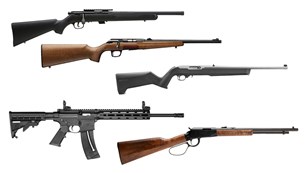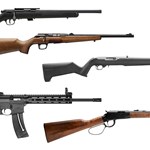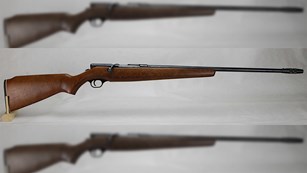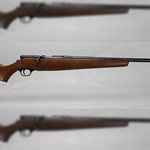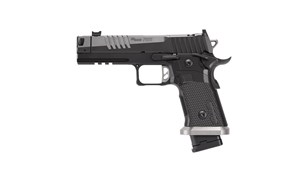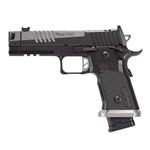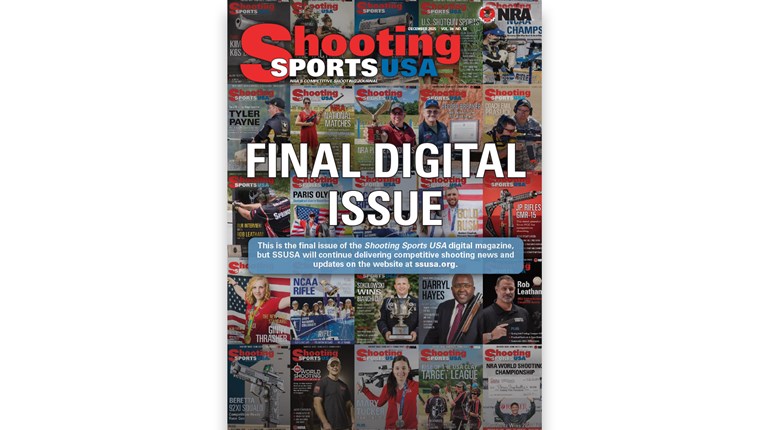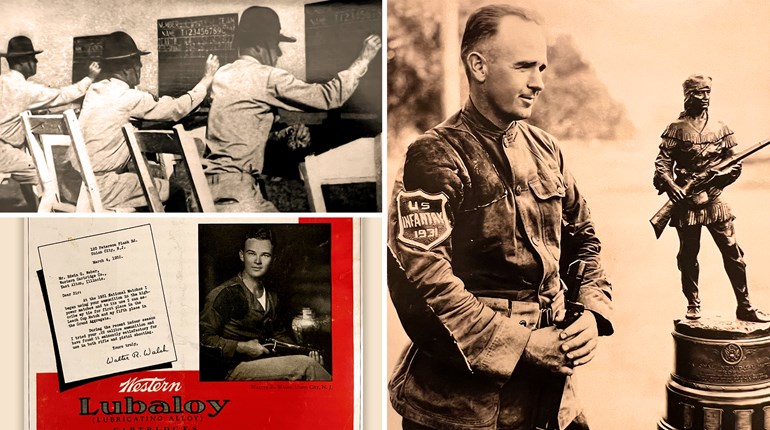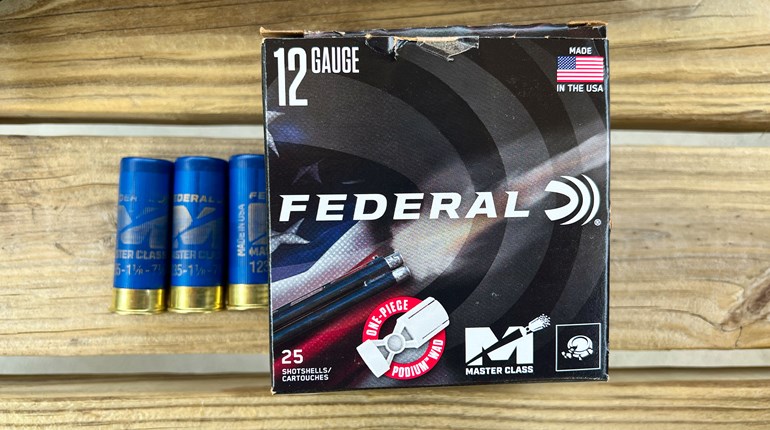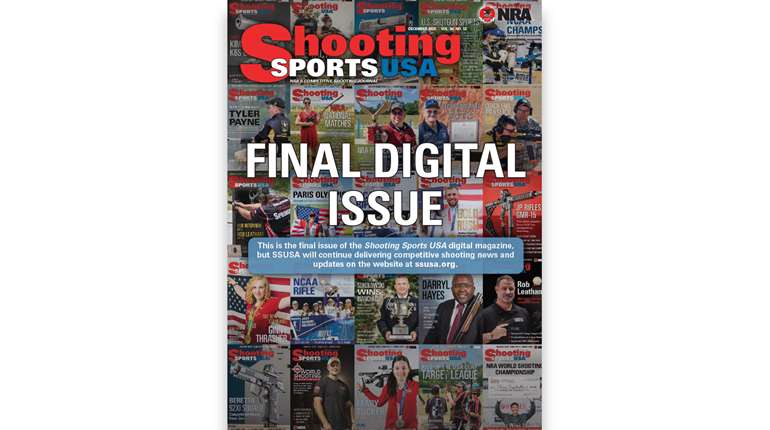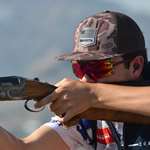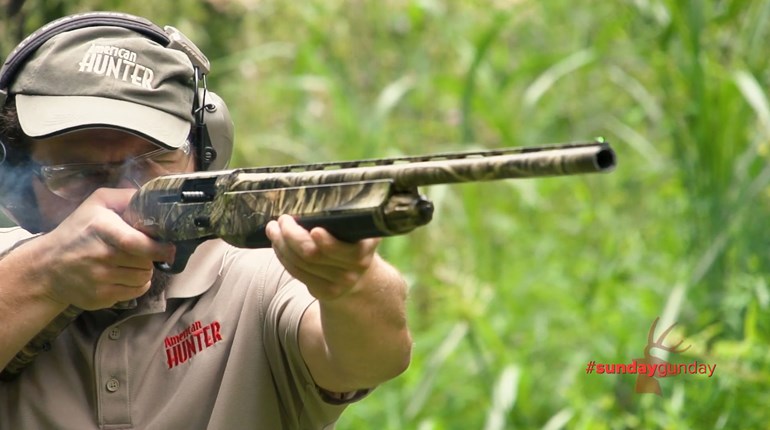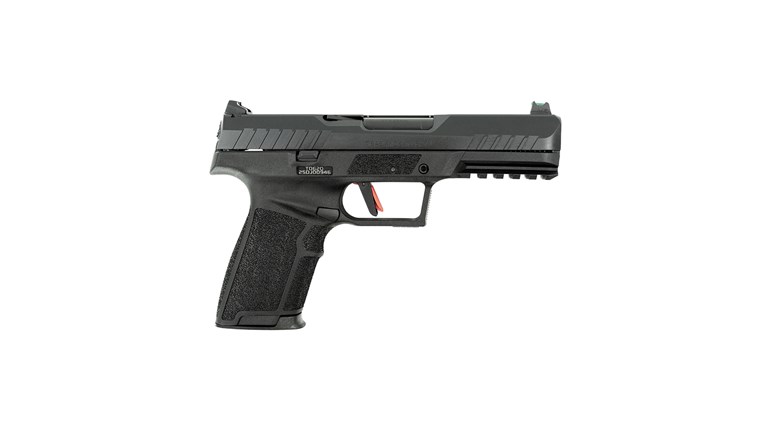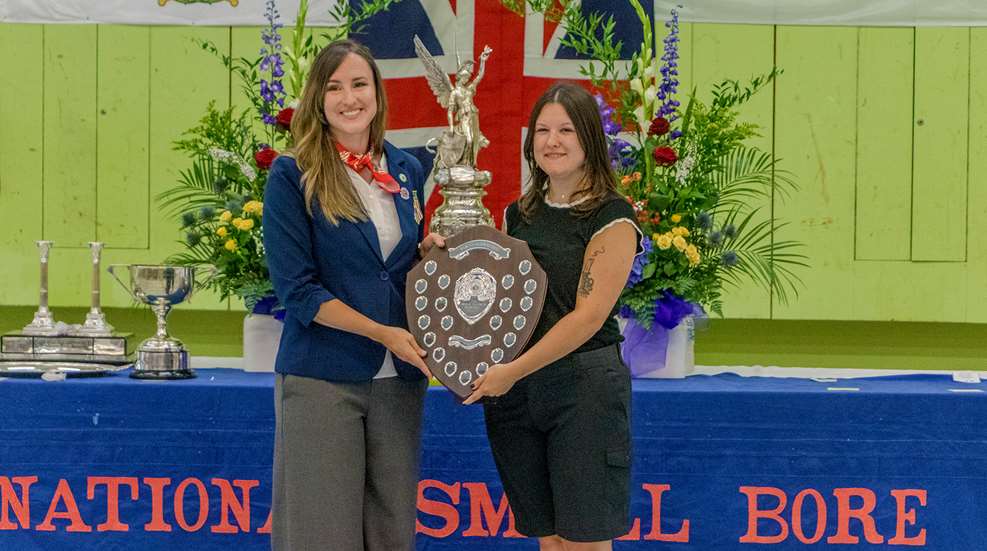
The 2025 Field Marshal Earl Lord Roberts Trophy match at Bisley Range in England was a showdown with decades of legacy—and one that lived up to the billing. Great Britain defeated the United States 3863 to 3821. The 42-point margin may seem modest on paper but, in smallbore terms, is a chasm.
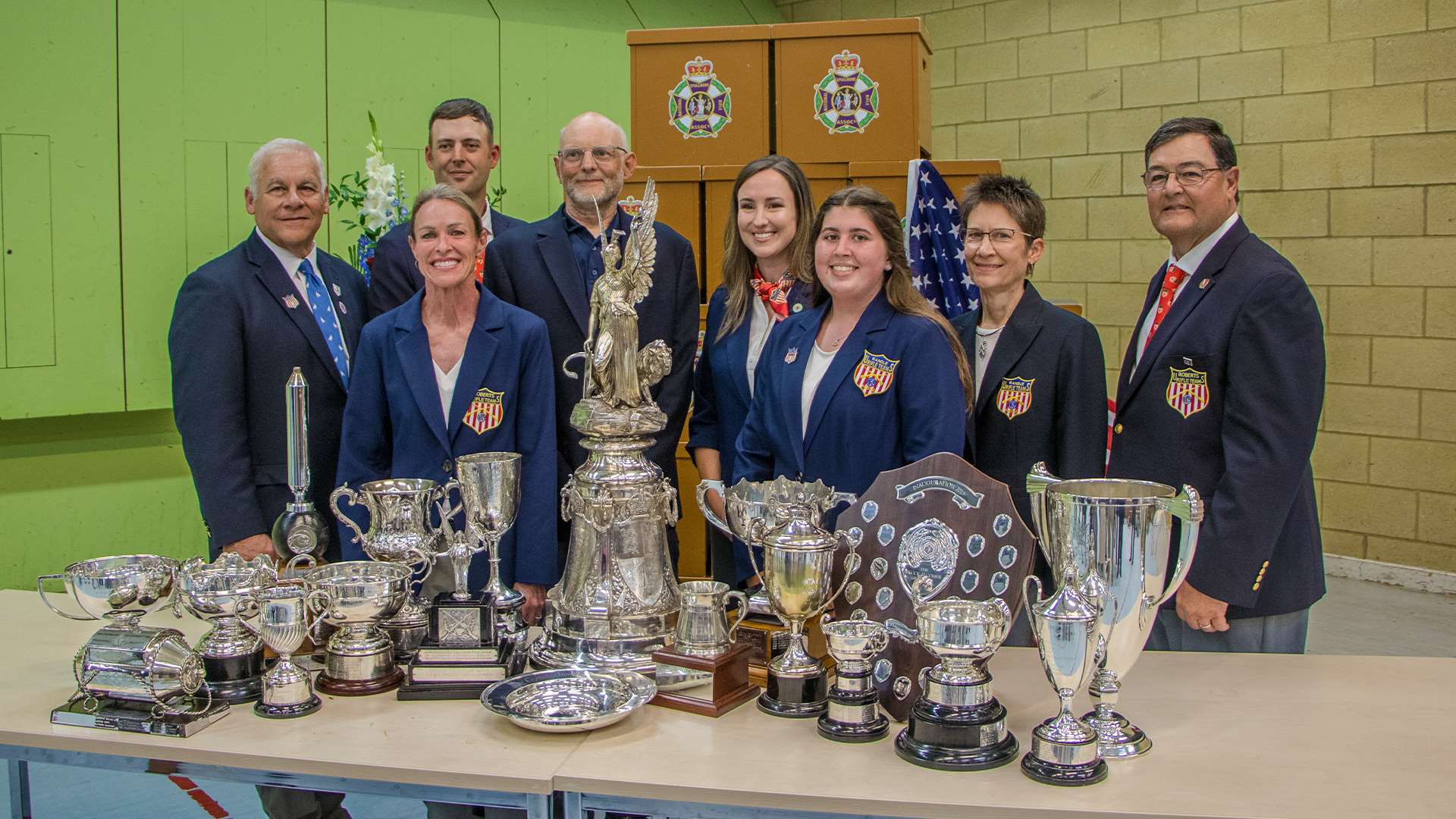
But this wasn’t a blowout. It was a tactical, mental, wind-sensing war of attrition. A team effort by Great Britain, and a one-woman highlight reel named Sarah Beard for Team USA, who led her squad and posted the highest score of all shooters at the match.
The Roberts Match isn’t three-position or air rifle. It’s good old-fashioned .22-caliber prone shooting—outdoors, under shifting wind on Bisley’s Century Range, home turf for the Brits and a historically tricky venue for visitors. The match is held during the National Small-Bore Rifle Association’s National Championships.
The NRA Foundation supported the 2025 US Roberts Team with a $40,000 grant to attend this international competition.
It’s an event that everyone who cares about smallbore competition pays attention to, largely because of its rarity: the Roberts Match only happens once every eight years in the UK. (The counterpart Pershing Match takes place in the US, also every eight years.)
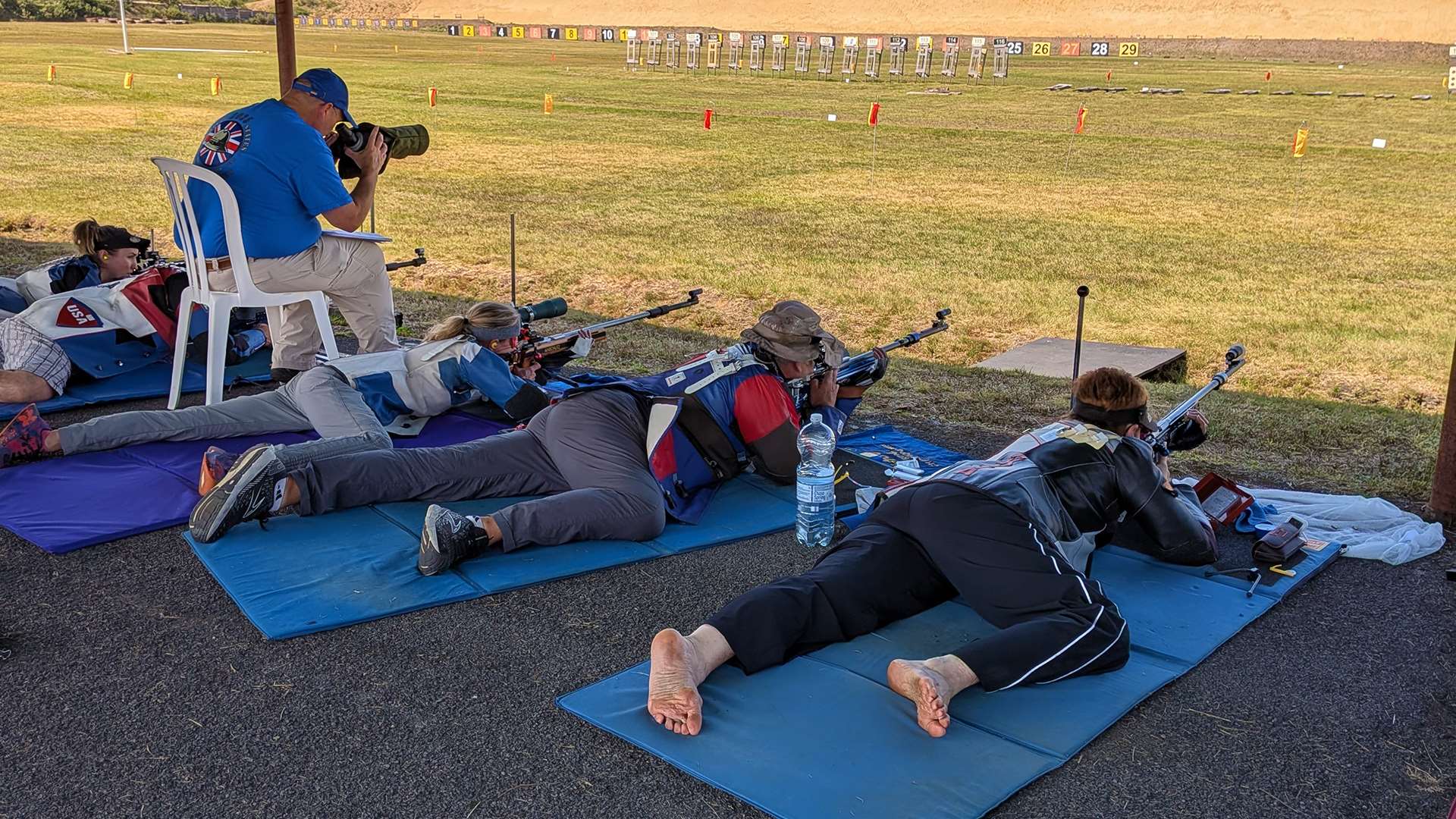
Team USA was led by Captain Patti Clark, Coach Eric Uptagrafft and Adjutant Shawn Carpenter. The squad included:
- Sarah Beard
- Nick Mowrer
- Deena Wigger McDorman
- Mark Del Cotto
- Evan Owen
- Mike Carter
- Chris Rakyta
- Phil Latzgo
- Howard Pitts
- Steve Angeli
Reserve shooters: Kerry Spurgin and Megan Hilbish
Official scoring witness: Edie Fleeman
Great Britain’s team was captained by Mike Arnstein, with David Phelps coaching and Christopher Hunter serving as adjutant. Team members included:
- Robert Dowling
- Lina Jones
- Lenny Thomson
- Adam Fowler
- Richard Fowke
- Vivien Minett
- Charlie Cooper
- Ken Bowley
- James Paterson
- Bill Baird
Reserve shooters: Wendy Foith and Jim Duguid
Official scoring witness: Martyn Buttery
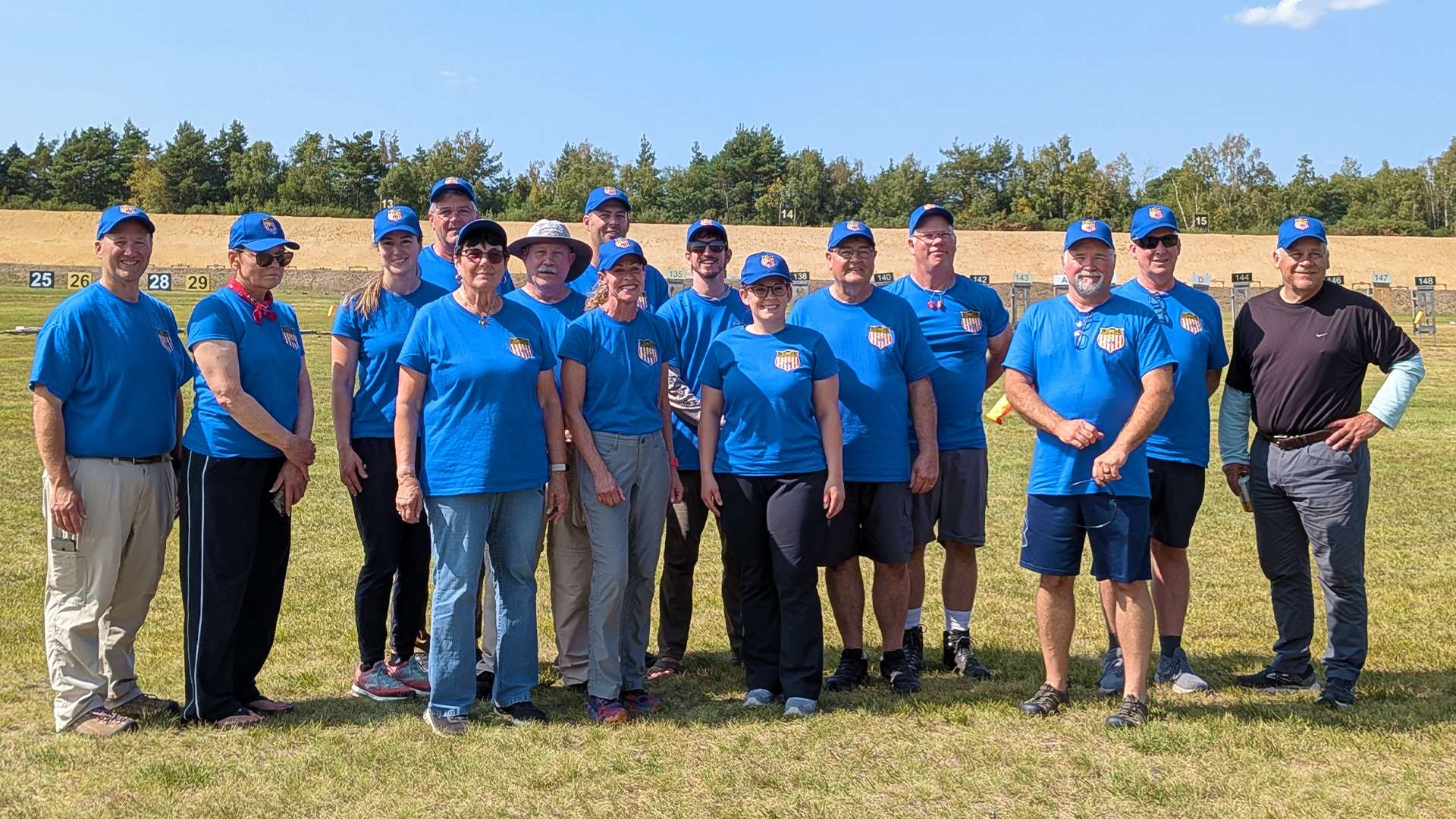
Each shooter fires 40 shots on a modified Dewar course (20 shots at 50 meters, 20 at 100 yards) on NSRA targets. Scores are out of 400. Blink during a gust of wind, and you might drop a point. Misread a flag? You drop two. Do that across 10 shooters and you can lose a whole match in a heartbeat.
GB Consistent, USA Up and Down
At the heart of this year’s story stood Sarah Beard, a name already spoken with admiration on both sides of the Atlantic. An Olympian and seasoned competitor, she arrived at Bisley not just as a shooter, but as a student of the game and a steward of its tradition—soon to become a record-equaling champion.
Let’s stop and acknowledge what Sarah Beard did at Bisley this summer. Not only did she lead Team USA, she shot a 396 (just four points off perfect) and was the only shooter on either team to break 395. On top of that, in the new Brock D. Comer Memorial Match (fired concurrently with the NSRA British National Smallbore Championships), she tied the all-time British record set by Malcolm Cooper, an Olympic gold medalist and one of the greatest prone shooters of the modern era.
“Sarah Beard was outstanding all week, and she really epitomized the hard work that our shooters have put in,” said US Roberts Team Adjutant Shawn Carpenter. “She’s one of, I think, three women who have won the grand aggregate in the history of this match. She did a fantastic job.”
Beard didn’t just compete—she kept the Roberts Match from becoming a landslide. Without her, Team USA likely loses by 60+. This wasn’t just leadership; it was a statement. Beard remains one of the finest prone shooters on the planet, and she just made sure everyone in England remembers that.
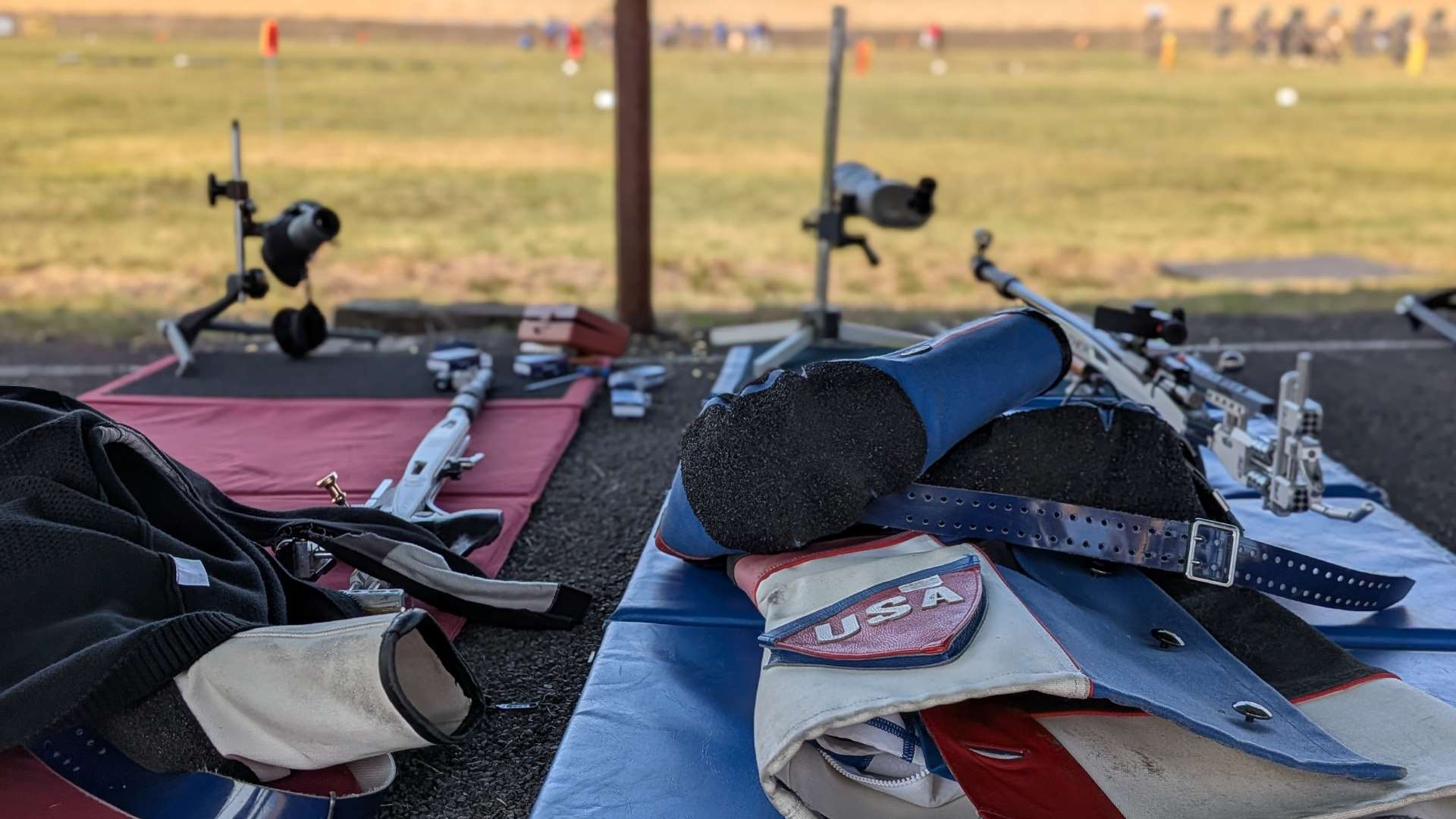
Great Britain’s edge was consistency: Adam Fowler (391), Robert Dowling (390), Lina Jones (390) and James Paterson (389). Team USA’s next best after Beard were Nick Mowrer (389), Mike Carter (386) and Evan Owen (383).
That’s the gap. GB had six shooters over 386. USA had three. GB had eight shooters over 385. USA had two.
“Great Britain worked extremely hard,” Carpenter said. “They had a great plan since 2022 in the Pershing, and they worked their butts off—and it paid off.”
Even with Beard leading the field, Team USA’s mid-pack shooters dropped points in clusters—and that’s all it takes. In smallbore prone, there’s no making it up later. Every shot is the shot.
Team GB’s low score, a 371 from Charlie Cooper, matched USA’s third-lowest. Even their weakest link wasn’t much weaker than half of Team USA.
Team USA’s struggles came in the middle. Deena Wigger McDorman, a veteran smallbore competitor and daughter of shooting legend Lones Wigger, had an uncharacteristic 375. Chris Rakyta, Howard Pitts and Steve Angeli all shot in the 376-377 range, which is not bad on its own, but when GB’s equivalents are shooting 385-387, you lose ground fast.
That’s where the 42 points came from. Not a disaster—just drip, drip, drip. A point here, two there. Across 10 shooters and 40 shots apiece, it adds up.
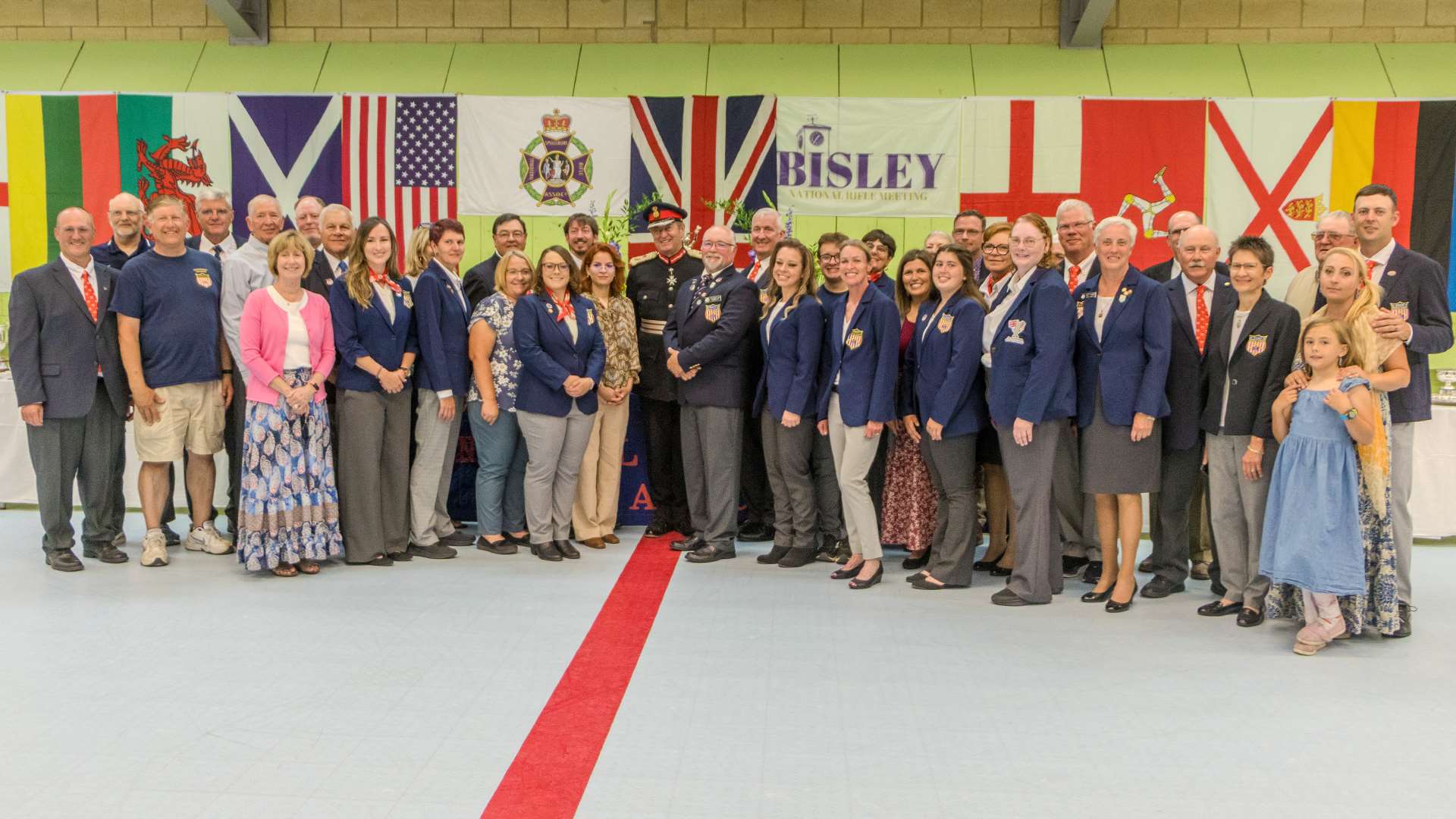
“The British put up a heck of a fight and they won. They did really good. I’m proud to have shot on the firing line with them,” said Nick Mowrer.
Experienced Bisley shooters had the home advantage: they know the wind patterns and mirage. Even Team USA veterans may have struggled to read unfamiliar wind flags and odd sun angles on the 100-yard line.
“The conditions were changing rapidly,” Carpenter said. “At the last bull of the last stage at 100 yards, there was a big switch with a lot of wind velocity change. With the time that was left, it made it very difficult to finish the match.”
Still, Beard’s 396 in those conditions proved that great shooting is possible under pressure. It’s just hard to get 10 people to do it at once.
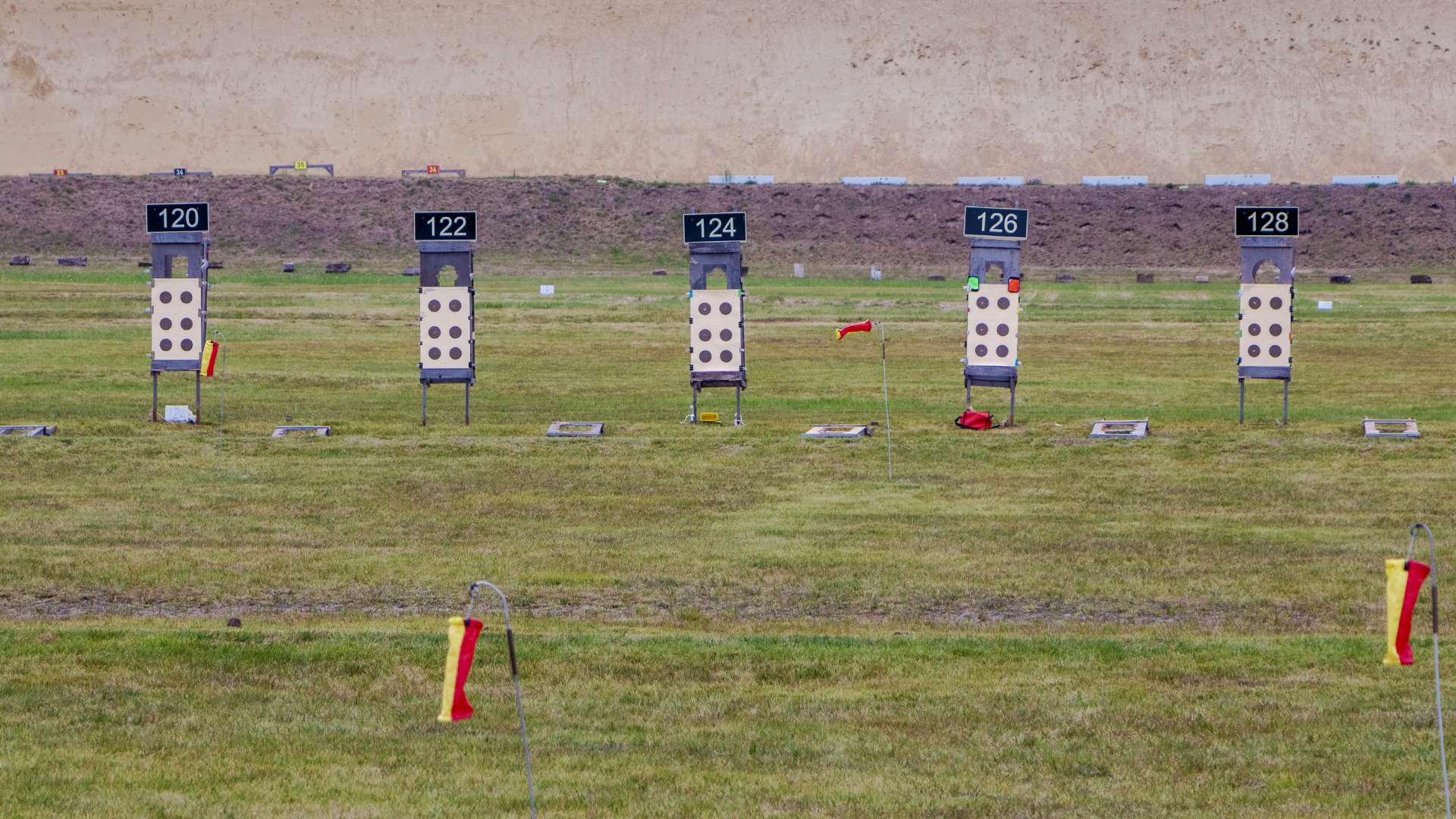
“As far as a learning-type experience, I really enjoyed my time here wind reading because the conditions were less than favorable, but they were challenging in all the right ways,” Mowrer said. “There was no rain and lots of sunshine, but the varying wind conditions allowed me to learn more about reading wind than I’ve learned in any wind training camp or World Cup I’ve ever been to.”
Going Forward
This was a huge win for GB—their first Roberts Match victory since 2009. And they didn’t just win; they won with a deep bench. This wasn’t one shooter saving the day. This was top-to-bottom execution.
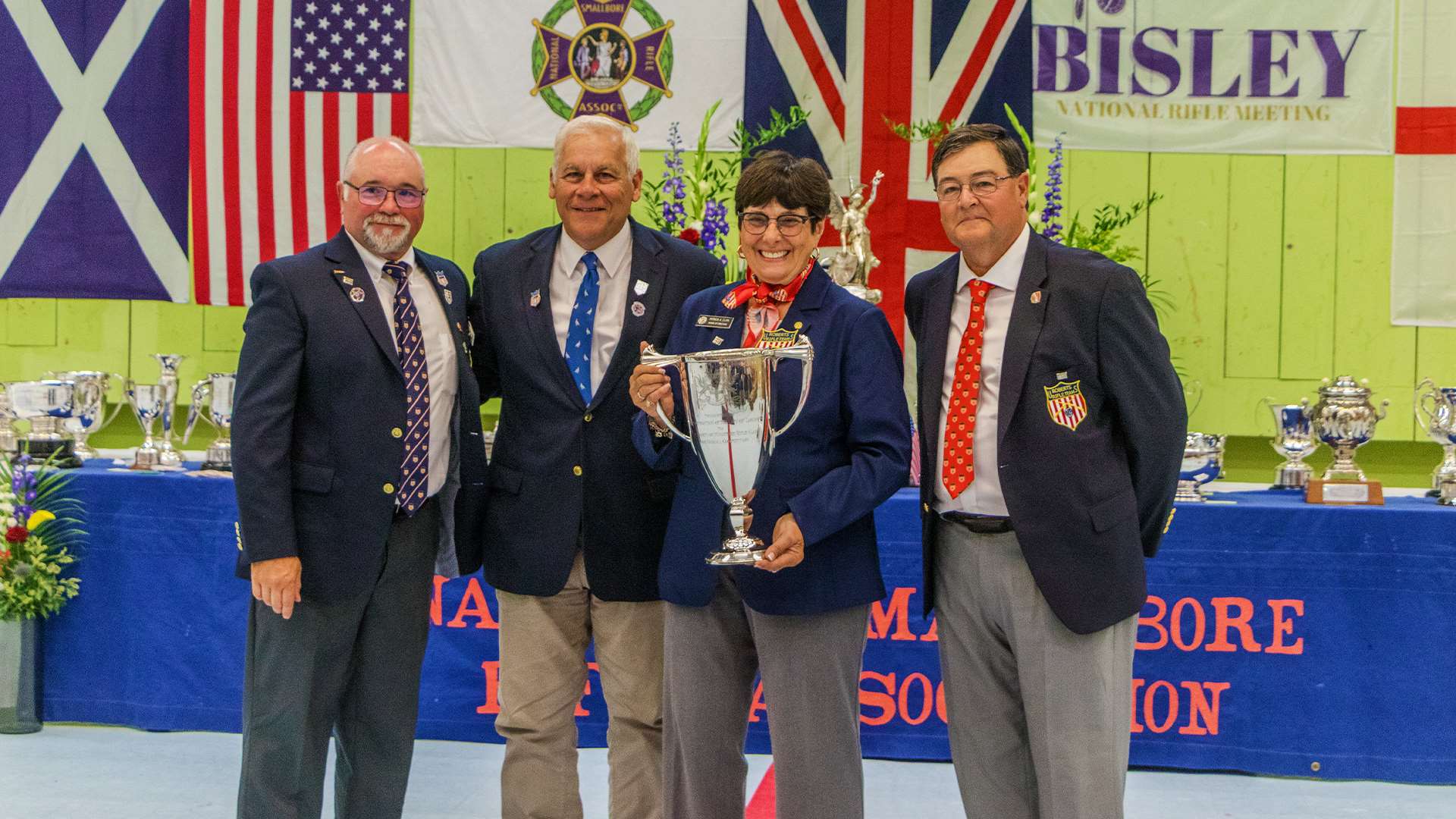
But for Team USA, this wasn’t a disaster. It’s no small feat to travel thousands of miles to shoot prone on a foreign range, waiting for the wind to settle and the world to pause just long enough for a .22 LR bullet to fly true. The Americans did it as they always have: with pride and precision. And they had the shooter who led the entire field. That matters.
You don’t lose a match like this because you’re bad. You lose it because the other side was just a little better—over and over again. That’s what happened here. Great Britain showed up with homefield advantage and a strong squad ready to execute. The United States showed up with Sarah Beard and a team that was just almost there.
2025 Field Marshal Earl Lord Roberts Trophy Match Leaderboard
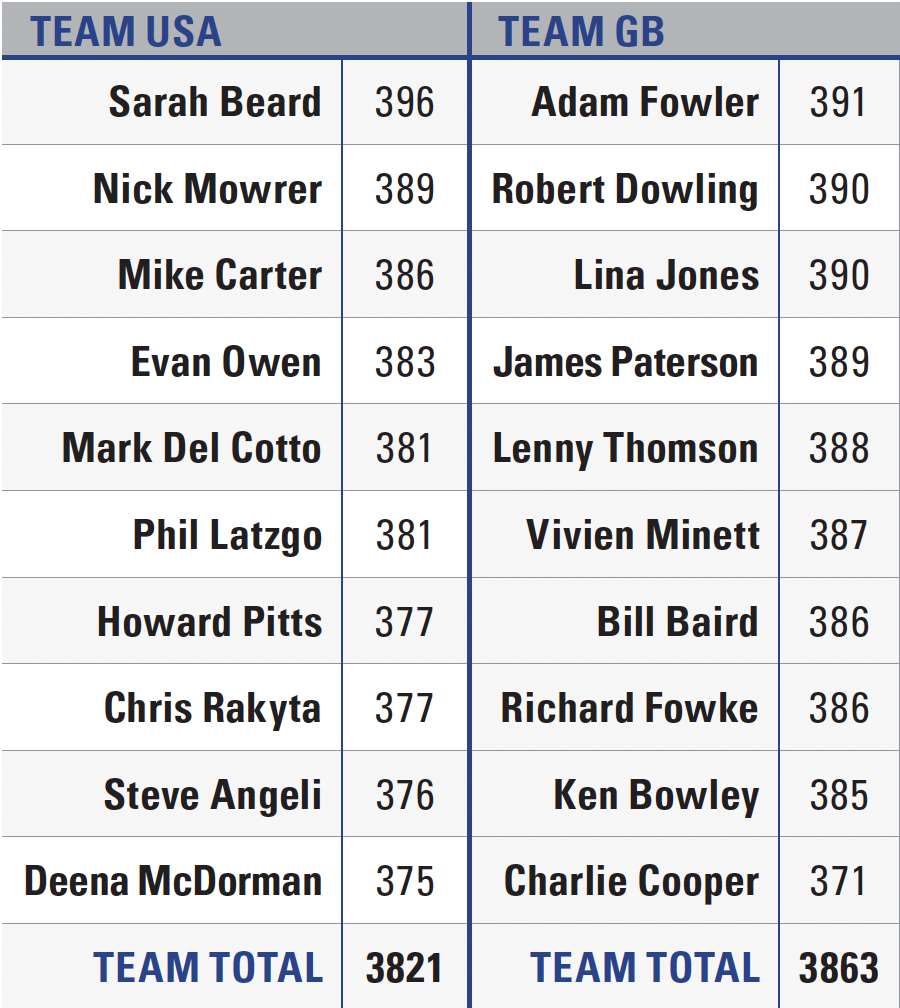
Brock & Goodwill Randle Matches
Though not eligible for the British Smallbore Nationals, which are restricted to British and Commonwealth nation citizens, American shooters could enter a newly established NSRA event: the Brock D. Comer Memorial Match. Named in honor of an American marksman who embodied the highest ideals of the sport, the Brock was designed to let excellence shine, regardless of nationality.
And shine it did.
Sarah Beard delivered a performance of stunning consistency and poise. Each shot was a study in control. Each correction, a conversation with the elements. When her final target was scored, the result rang out with quiet thunder: she had equaled the British national record for the course, a mark set by the legendary Malcolm Cooper in 1989.
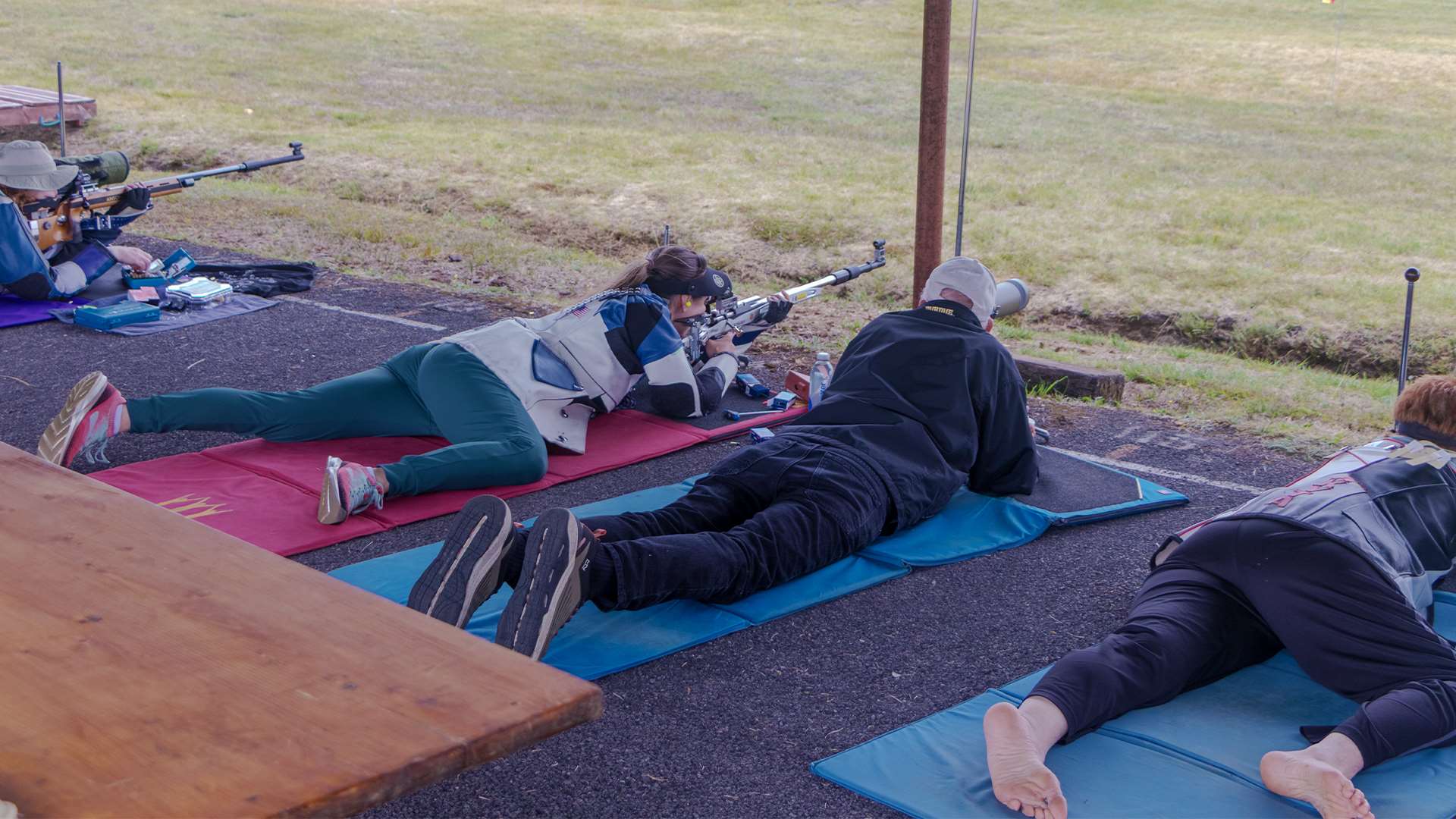
Beard’s brilliance wasn’t isolated. The entire American team carried themselves with quiet dignity and fierce determination. In the Goodwill Randle Match, another longstanding international contest, the US team edged out Great Britain by just eight points, certainly a testament to the razor-thin margins and mutual respect between these nations.
As the sun dipped below the tree line that final evening at Bisley, and the last notes of celebration faded into birdsong, it felt like the greater victory belonged not to a nation, but to the sport itself. New friendships were forged. Old rivalries rekindled. And somewhere in the collective memory of those fields, the echo of Sarah Beard’s near-perfect string still lingered like the final notes of a well-played symphony.
The 2025 Roberts Match will be remembered for Great Britain’s victory, but perhaps even more so for the year a visiting American equaled a legend and reminded everyone what greatness looks like.
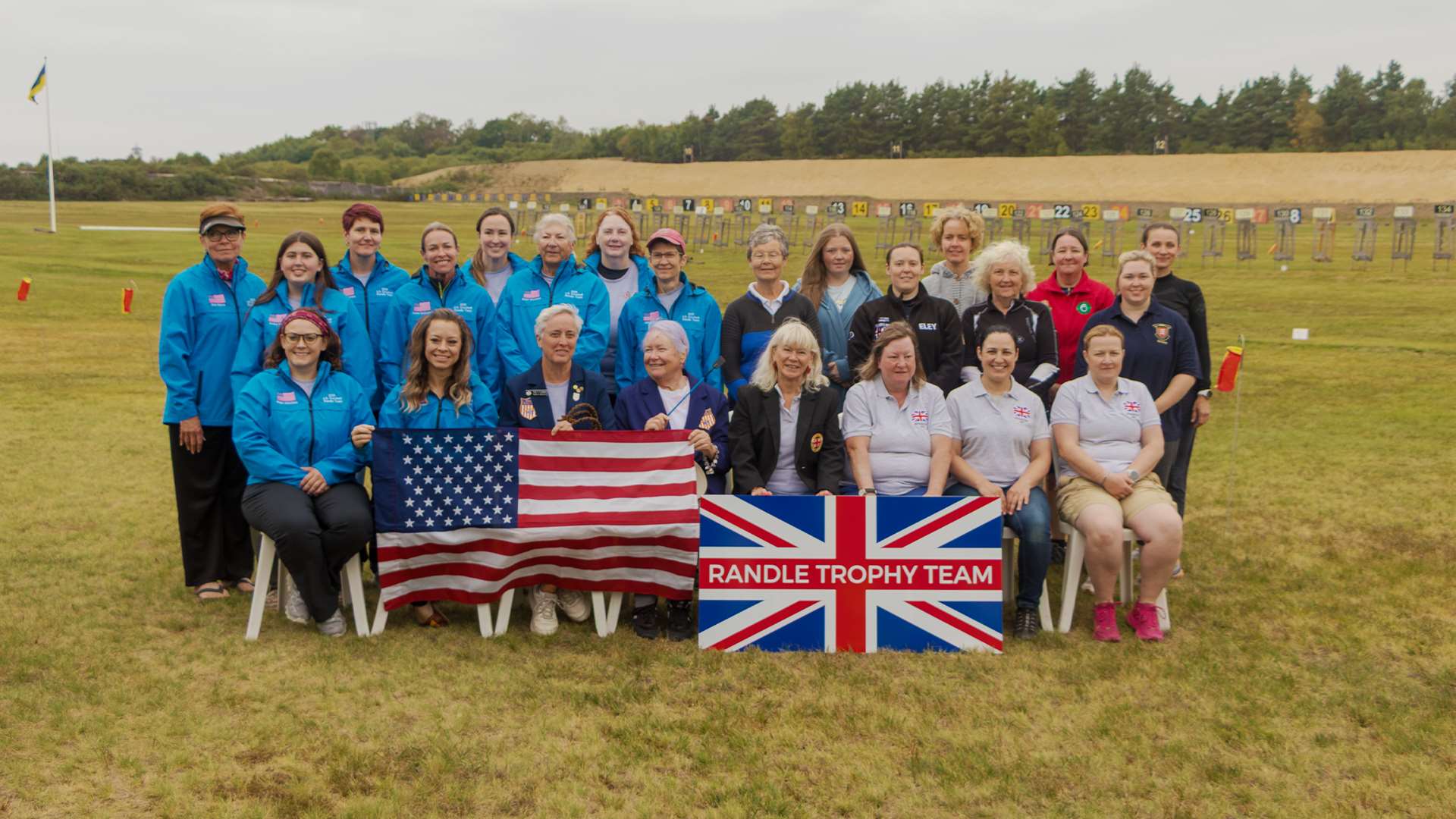
The next time these two nations meet, it will be on US soil for the Pershing Trophy. And it’ll be a different story.
What Is The Roberts Match?
Named for Field Marshal Frederick Sleigh Roberts, a 19th-century British military leader known for precision and discipline, the Roberts Match is a revered smallbore rifle competition between Great Britain and the United States.
The trophy was first contested in 1969 and is held just once every eight years on British soil, making it one of the most infrequent and prestigious team events in the sport. It alternates with the Pershing Match, held in the US every eight years on a four-year offset.
The format is smallbore rifle prone shooting on a modified Dewar course, with 10 shooters per team.
Born of mutual respect and shared marksmanship heritage, the Roberts Match is a transatlantic tradition. As of 2025, the United States has won five of the eight meetings, while Great Britain has won three.
Learn more about the UK’s National Small-bore Rifle Association at nsra.co.uk.

